Les pratiques courantes dans la profession
D'une manière générale, l'activité de pressing fait partie des commerces où la règle des 80/20 est d'actualité. C'est-à-dire que 80% du chiffre d'affaires est réalisé avec seulement 20% des références articles.
En réalité, après analyse des données statistiques de plusieurs points de vente, nous constatons que 80% du CA est réalisé avec seulement 6 articles :
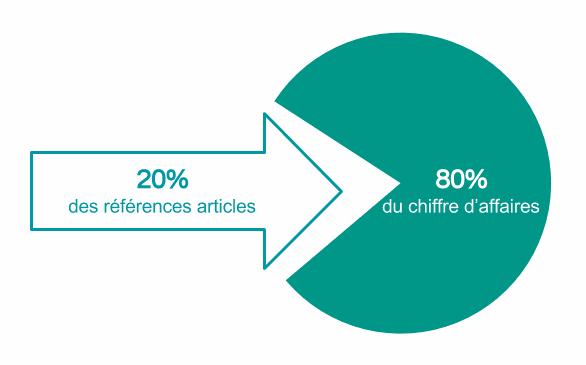
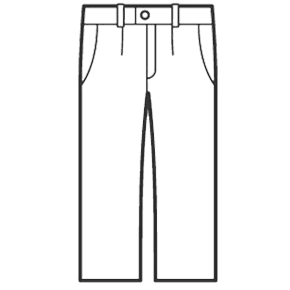
Pantalon
≈30%
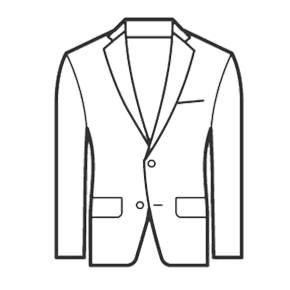
Veste
≈22%
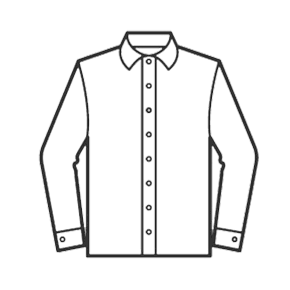
Chemise
≈21%
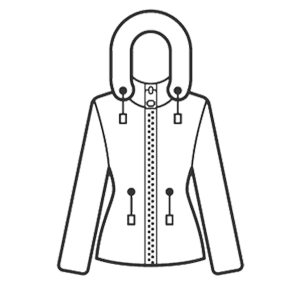
Anorak / Parka
≈7%
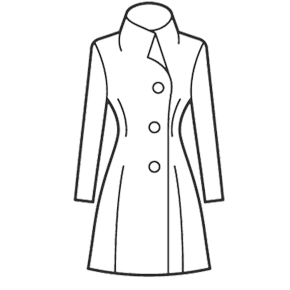
Manteau
≈5,5%
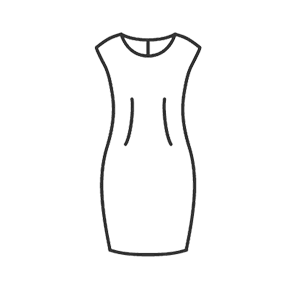
Robe
≈5%
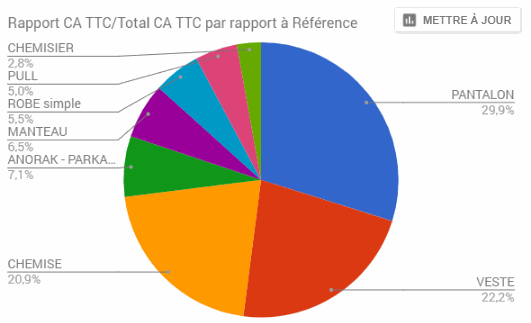
Etude de cas réelle :
- 3 articles ont une part supérieure à 10% du CA : pantalon, veste, chemise
- 3 articles se situent entre 5 et 10% du CA : anorak/parka, manteau, robe
- Ensuite, quelques articles génèrent entre 1 et 5% du CA : pull, chemisier, blouson, imperméable, polo/tee-shirt et cravate
- Tous les autres articles sont en-dessous de 1% !!!
Contexte : Données d'exploitation d'une cinquantaine de points de vente sur une année. Panel représentatif avec pressings de centre-ville et pressings de centres commerciaux. Base supérieure à 1,5 millions de pièces traitées. Nous parlons ici uniquement des articles de type pressing.
Le poids des habitudes
Pourquoi la grande majorité des pressings en France conserve-t-elle une tarification complexe avec une multitude de références ?
Pantalon en lin, veste en soie, jupe plissée, manteau 3/4...
Plusieurs explications possibles :
En effet, les prix pratiqués sont en fait liés au prix que le client est prêt à payer pour le vêtement qu'il dépose, et celui-ci est directement lié à la valeur vénale de l'objet déposé.
Plus le vêtement a de la valeur, plus le client est prêt à payer pour son entretien. Ce tarif est estimé à environ 10% de la valeur vénale d'un article. Vous pouvez faire une petite expérience : prenez le barème de remboursement affiché dans votre point de vente et comparez-le à vos prix.
OPTION 2 - "La vraie explication"
Celle-ci consiste à chercher dans les pratiques de production et les méthodes de rangement en vigueur depuis le début de l'activité de pressing, dans les années 60. Aujourd'hui encore, de très nombreux teinturiers ont conservé les méthodes historiques (qui ont fait leurs preuves à l'époque), sans remettre leur stratégie en question.
Parmi ces méthodes, il y a le rangement par type de vêtement : pantalons d'un côté, vestes de l'autre, jupes ailleurs...
Cela impose à l'opérateur chargé de recomposer la commande d'avoir :
- de bonnes chaussures de marche pour assurer les km quotidiens que cela implique
- un détail le plus précis possible de la pièce à rechercher, par exemple avec la précision de la couleur du vêtement
Voilà la vraie raison, je pense, de cette pratique qui consiste à détailler le plus possible la base article.
Quels sont les inconvénients d'une base articles complexe ?
Un client peut payer un prix différent pour le même article déposé d'un passage à l'autre
Un décalage apparaît assez rapidement entre prix affichés en vitrine et prix pratiqués
L'intégration de nouveaux opérateurs est plus complexe et des tensions peuvent survenir au sein de l'équipe et avec la direction en fonction des prix pratiqués
Plus une tarification est complexe, plus il est difficile de trouver le bon article
Exemple base articles avec : Veste simple / Veste blanche / Veste lin / Veste soie / Veste 3/4 / Veste longue ...
Comment l'opérateur peut-il choisir le bon article si le client lui dépose une veste en soie, blanche et longue ?
En revanche, si ma tarification est du type : Veste / Manteau
Alors le choix sera limpide, le temps passé avec le client très bref et celui-ci n'aura pas de ressenti négatif lié à une éventuelle tarification aléatoire.
Mon conseil : gardez toujours en mémoire que le seul coût ayant un réel impact sur vos prix de revient est le temps opérateur. Tout ce qui peut faire perdre du temps doit donc être éliminé sans hésitation !
Autre constat : le prix moyen article est inférieur dans les pressings avec une tarification complexe
Cela peut s'expliquer par le fait qu'au fil du temps, des dérives se font en fonction de l'opérateur (patron ou employé) qui aura la plupart du temps tendance à pratiquer les prix les plus bas.
Pourquoi simplifier son barème de prix ?
Améliorer
sa productivité
Optimisation du temps de recherche des articles
Prix en cohérence avec le tarif vitrine
Prix constants = baisse des litiges clients
- Facilite la formation du nouveau personnel
- Gain de temps au comptoir = Gain de temps en production
Améliorer
son image
Cohérence prix affichés = prix pratiqués
Chaque passage en caisse avec le même prix
- Gain de temps au dépôt, vous ne faites pas perdre de temps au client
Améliorer
sa gestion
Une mise à jour des prix maîtrisée et cohérente
Analyses et statistiques possibles et gérables
Zoom sur les articles de type blanchisserie
La couette, un article qui sort du lot !
Etude de cas réelle :
- En terme de CA généré, la couette représente à elle seule près de 50% du volume.
- Nous avons ensuite deux articles entre 10 et 15% : les draps et les housses de couette.
- Ensuite cinq articles sont dans un mouchoir de poche entre 4% et 7% : couvertures, vêtements de travail, dessus de lit, taies, nappes.
- Tous les autres articles sont situés en dessous de 3%.
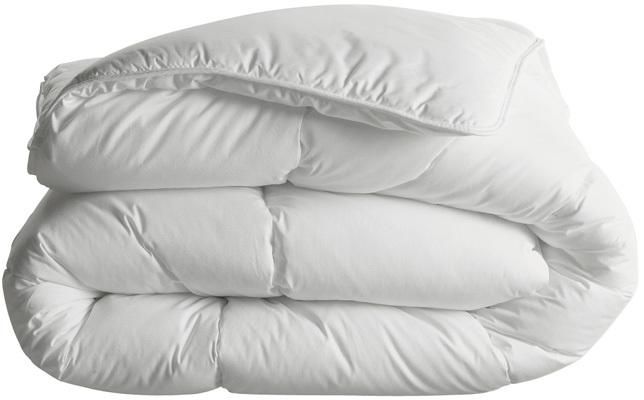
Examinons les couettes...
Afin de vérifier nos hypothèses concernant la complexité des tarifs, nous avons étudié deux cas de figure différents en nous concentrant sur les couettes, et voici les résultats...
Analyse sur un volume global de 40 000 couettes déposées
Cas 12 références couettes / 2 tarifs
Prix moyen de la couette synthétique = 19€
Prix moyen de la couette plume = 23€
Résultat = 88% de couette synthétique pour 12% de couette plume
Prix moyen général = 20€
Cas 21 référence couette / 1 tarif
Prix moyen général = 20€
Identique au cas n°1
Résultat : même rentabilité et moins de perte de temps !
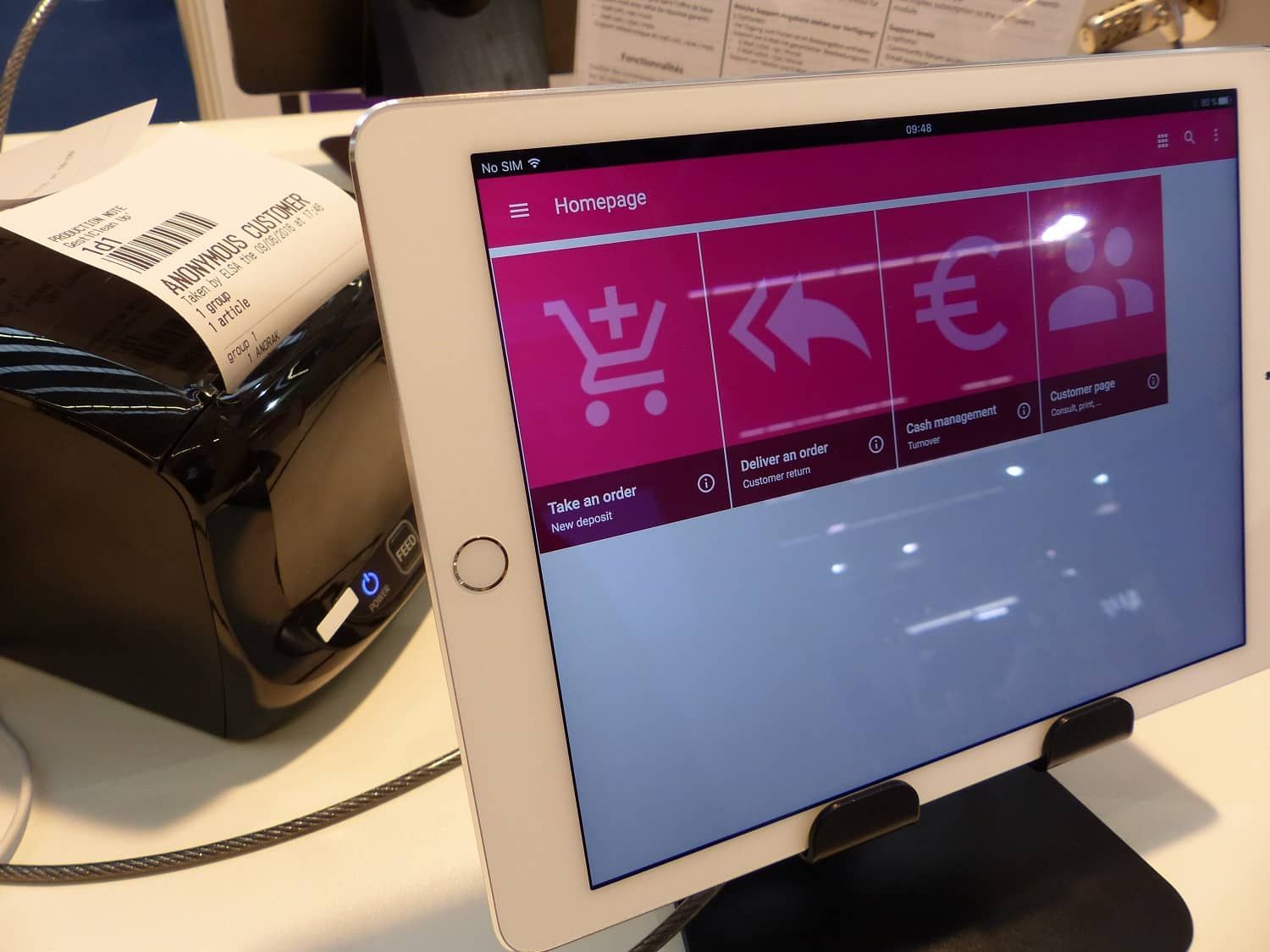
En quoi les outils informatiques sont-ils utiles ?
- Ils facilitent l'intégration du personnel
Utilisation simplifiée et standardisée, pas besoin de mémoriser le barème de prix par cœur
- Ils permettent l'extraction de données statistiques
* pour connaître précisément le poids de chaque référence dans son chiffre d'affaires
* pour prendre des décisions cohérentes concernant l'ajustement de sa politique tarifaire : en fonction de votre propre point de vente, le top 6 des articles cités dans le point 1 est susceptible de varier
* pour simuler et cibler les augmentations en fonction des résultats obtenus et attendus
Prenons les prix moyens de la veste et du pantalon, qui pour rappel représentent plus de 50% du CA global...
Veste = 5,38€ / Pantalon = 4,82€ > Prix moyens constatés
En simulant un prix médian unique à 5,20€ pour ces deux pièces, alors nous parvenons à une augmentation estimée de CA de 3%, tout en augmentant le prix de la veste et en baissant celui du pantalon.
Cet exemple montre bien qu'en limitant les prix de base à quelques tarifs, la grille tarifaire est fortement simplifiée à la fois pour les opérateurs et pour les clients, et cela augmente la rentabilité du point de vente.
Ces estimations sont uniquement possibles après études de statistiques détaillées et permettent d'ajuster les prix de vente en fonction de réels objectifs chiffrés.
A vous de jouer ! Qu'attendez-vous pour vous simplifier la vie et améliorer votre rentabilité ?
Auteur : Pascal Berardozzi, Consultant/Maître Teinturier
Pressing : Mes articles et prestations sont-ils bien définis ?